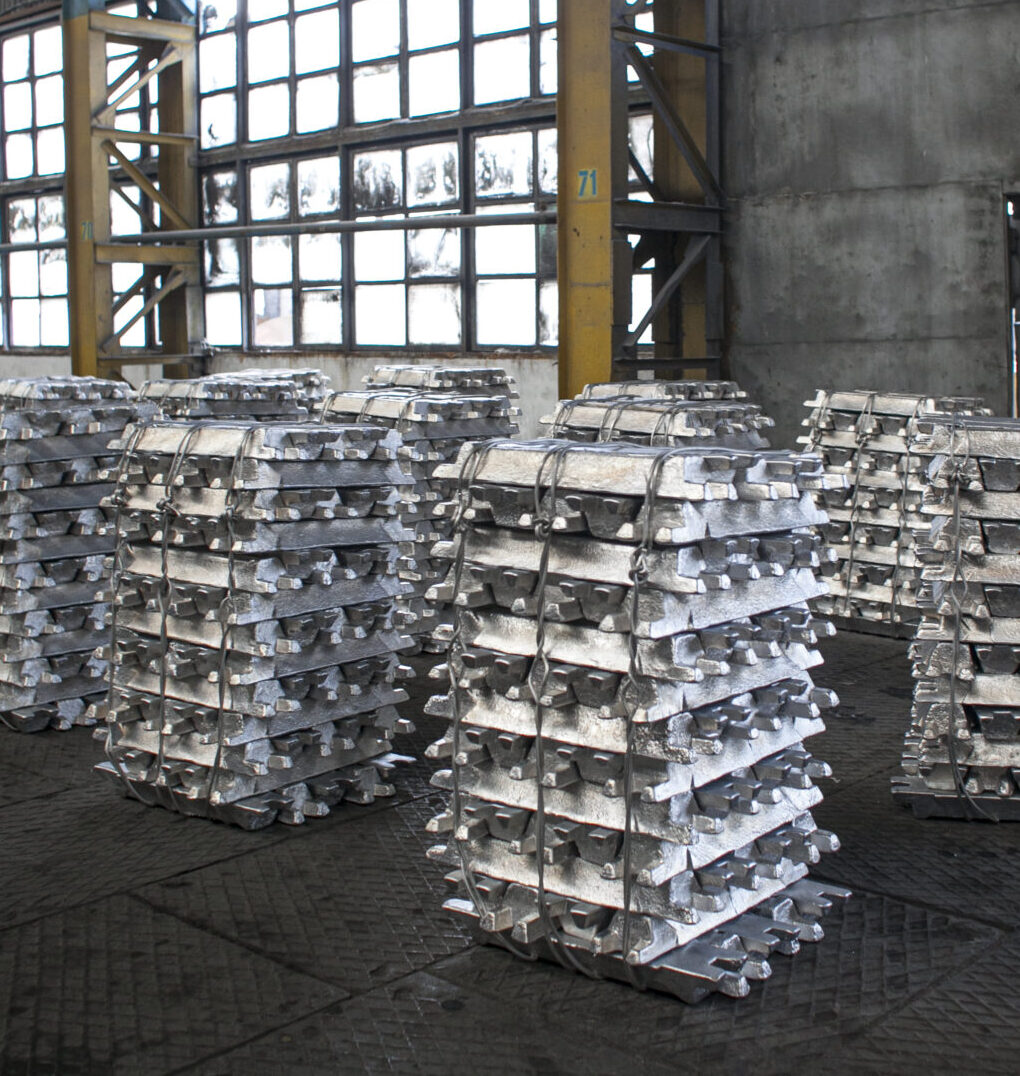Reflections on the IPCC special report on pathways to and impacts of 1.5°C
How is this report different from previous IPCC reports?
The main difference to previous reports issued by the Intergovernmental Panel on Climate Change (IPCC) is that this report focuses on the 1.5°C target, while the the Fifth Assessment Report did not pay much attention to it, largely because too few studies even addressed this ambitious scenario. The Paris Agreement and the request to the IPCC for this latest special report have changed this: more and more studies have considered how the goal could be achieved – with similar results, but greater urgency.
One of the key takeaways is that the world is running out of time. More and more observers rate it as extremely unlikely that the world can still get close to 1.5°C without the use of controversial solar geoengineering to directly alter the energy balance of the planet (also known as “Solar Radiation Management” or SRM). The latter is mentioned in the report as Solar Radiation Modification, but dismissed as too risky and insufficiently understood, which is understandable given the necessarily cautious approach of the IPCC in light of the still limited amount of research dedicated to seriously exploring the possibilities of SRM.
However, a growing number of climate modelling studies consistently conclude that the use of SRM to partially counteract warming could help contain climate change and possibly avoid much suffering and harm. The same studies also consistently find that SRM could, under no circumstances, be a substitute for CO2 reduction and CO2 capture, but would potentially be useful as a risk-reducing supplement.
What political signals does the report send?
In the context of international climate policy the special report is expected to serve as a wake-up call for decision-makers. The IPCC report shows that the 1.5°C target, which in Paris gave hope to the most vulnerable populations, is slipping through our fingers. Unless the international community immediately and dramatically changes course, this goal is no longer within reach.
A study from last year, which to my knowledge is not quoted in the report, found a one percent (1%) likelihood that warming would remain at 1.5°C if current trends continue. The international community is not even on a path to the less ambitious 2°C target. If today’s nationally determined contributions (NDCs) are implemented unchanged, warming is expected to reach 3°C above pre-industrial levels by 2100 – and more beyond the turn of the century.
With millions of people depending on robust climate policy to secure their futures, this state of affairs should not be taken as an excuse to give up. The report unequivocally states that warming of 1.5°C would cause much less suffering and harm than warming of 2°C. There is not a shred of doubt that the corresponding steps must be taken now.
To what extent does it still make sense to talk about the 1.5°C or 2°C target? Do we have to admit that these goals are now barely achievable?
Achieving the 1.5°C goal with existing means of CO2 emission reductions will require drastic measures comparable perhaps only to the transformative efforts undertaken by societies in the face of war. The vast majority of scenarios assume that billions of tons of CO2 will also have to be removed from the atmosphere through the widespread application of emerging technologies such as bioenergy and CO2 capture and storage (BECCS) or the direct air capture and storage of CO2 (DACS) – with the corresponding costs.
However, both of these approaches present their own challenges when deployed on this scale and have accordingly been largely ignored by decisionmakers to date. The use of bioenergy could potentially result in massive land use conflicts, while direct air capture requires vast amounts of energy and is, in its present state, both under-researched and prohibitively costly. Politics should not rely on such approaches without doing what is necessary to shape them into feasible policy options, and yet that is what happens every time we calculate our chances for the 1.5°C or 2°C target.
What are we to make of the current situation?
The IPCC authors were faced with the dilemma that the 1.5°C target is now practically out of reach despite significant political efforts to reduce or remove CO2 emissions. In conversations with colleagues in climate research, it has repeatedly struck me that many consider it unethical to even consider the possibility that current forms of action could fail to achieve the goal: Many colleagues suspect that expressions of doubt would undermine the political will to further pursue these crucial measures.
Whether this is indeed the case is hard to answer and pragmatic optimism definitely has an important role to play. However, I think society has a right to be fully informed by science: We should all be aware of the risk-laden future we are approaching and not limit our focus to the best possible scenario.
Accordingly, we would not be well advised to prematurely exclude potential options – from emissions reductions to adaptation, CO2 removal and solar geoengineering (SRM) – even if these options do not appear perfect at first glance and require further research. Anyone who deals with financial investments knows about the necessity of diversification when dealing with risks.
The full report can be found here on the IPCC website.
Matthias Honegger is a research associate at the Institute for Advanced Sustainability Studies in Potsdam, Germany, a research associate at Perspectives Climate Research, and a PhD candidate at Utrecht University. This post is adapted from IASS’s blog.










